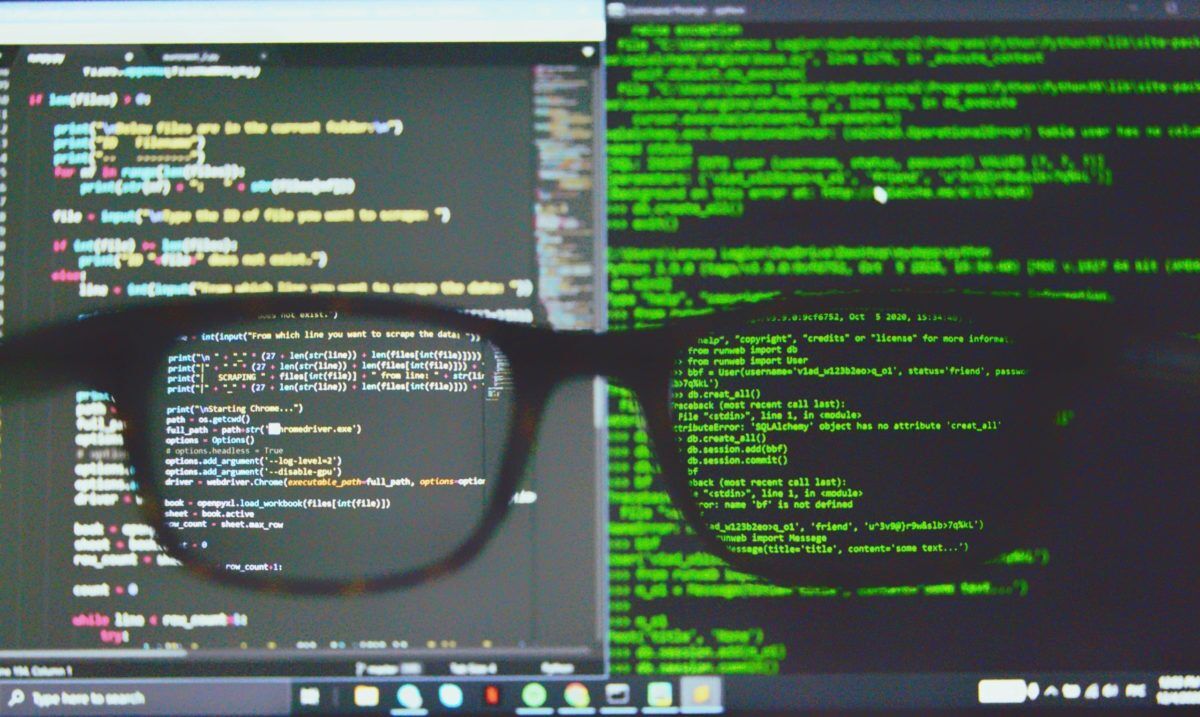For data scientists to identify patterns and anomalies in the data, conduct analyses, and get as much insight as possible, besides their data science skills, they also need to use tools and software systems that ensure the best results.
With that said, in this article, we will be covering the best data science tools and mentioning some of the key features of each one.
Top Data Science Tools
Each data science tool that we have listed is practical to use for any data project you tackle. They enable you to build various models with data, analyze datasets, process, and much more. Read on, and find which features set these tools apart from the many others.
SAS
Although one of the oldest data science tools, the Statistical Analysis System (SAS) is still preferred for multiple data-related activities. This system includes various techniques and statistical modeling tools for small and large datasets. The software is updated regularly, and that is how you will have access to modern methods for analyzing data plus the newest methods in the field of statistics. This system contains hundreds of customizable charts and graphs, making the analysis results easy to comprehend.
Apache Spark
Apache Spark is best known for its speed in processing large-scale data. This engine is designed to perform with as little delay as possible between the user’s actions and the web response to that action.
This data science tool uses in-memory storage for high-performance processing. It has an amazing data size, shown to work well up to petabytes, and can handle clusters with up to 8000 nodes.
BigML
BigML is a great tool to easily build and share sets of data with other systems. Since it was initially created for Machine Learning (ML), it provides several ML algorithms that solve problems simply by applying a standardized framework.
With BigML, it is easy to classify sets of data and then find anomalies in them. Therefore they are used in various applications across industries, including healthcare, aerospace, transportation, telecommunications, and many others.
MATLAB
This programming platform is designed to help data scientists access data from flat files, databases, and cloud platforms. It combines a programming language that directly expresses matrices and other arrays with a desktop environment for repetitive analyses and various design processes.
MATLAB can be used for designing, testing, and implementing control systems, as well as for data preparation and simulation. It can analyze images and videos for algorithm development, as well as create and verify wireless communication systems.

R (And RStudio)
RStudio is an integrated development environment for R, the programming language, and they both are very efficient data scientist tools. RStudio provides professional data science software for developing and sharing data-related work at scale.
R the programming language is popular for its speed, as well as for the various statistical linear and nonlinear models that can be created using it.
Python
As a data scientist, choosing the right programming language for you is essential in ensuring the development of quality and error-free programs. Python, in particular, executes the code line by line, and in case of any error, stops and reports it.
This programming language is widely considered to be easy to pick up and learn, although it offers various libraries that are designed specifically for operations related to data. Because of the mathematical and statistical calculations offered by Python, in many cases, you do not have to depend on external libraries while finishing a task.
Jupyter
Previously known as iPython notebooks, this open-source web application allows data scientists to create and share codes and documents. Since it offers options to code, run it and look at the outcome, see the visuals and results without leaving the Jupyter environment, it is a great tool for many data science tasks. With it, you can clean data, create statistical and machine learning models, and visualize data among other uses.
Domino Data Lab
This data science tool is great for models in cloud databases and distributed systems. It provides an open platform for building, delivering, and monitoring models while simultaneously using predictive analytics.
Some of its main features include discovering, collecting, sharing, and re-using data and data sources. It is also used for generating model reports, and tracking engagement in order to get more insight through the data.
SQL Consoles
The Structured Query Language (SQL) consoles use the most current requests for data and information and then generate results as graphs, pictorial representations, or some other result.
SQL has many uses, such as building table structures, inserting data into these tables, and further modifying them. In some cases, it can even extract data, and keep it updated in databases by storing values.
Microsoft Excel
Microsoft Excel is the best editor for 2D data because you can easily edit the tables, change formats, colors, and then share them. It is a great tool for helping beginner data scientists understand the basics of data science before moving into more advanced analytics.
This tool also offers many other options for calculations, finding the average data, the sum, and so on. Another reason why Excel is a great choice is its ability to process large datasets which comes in handy in data science.
✅ Request information on BAU's programs TODAY!

PyTorch
PyTorch is another great data science tool that offers an open-source library and is used for deep learning and language processing applications. Its framework offers flexibility and power for computation. It contains debugging models that enable it to detect and correct runtime errors.
The community that works in developing PyTorch is continuously working to build and extend its library and tools, therefore more updates are expected.
RapidMiner
This tool is a general integrated environment for Machine Learning (ML) and predictive analytics. It offers a full facility for model evaluation and other procedures in the area of selection and anomaly detection.
The Rapid Miner contains over 1500 methods that are used for various data-related activities, such as integration, transformation, analysis, and modeling. It also has great flexibility which is an added advantage when dealing with data.
Alteryx
One of the best features of Alteryx is that it prepares and blends data automatically. With it, you can gather the data in various formats and from different sources such as databases, warehouses, Microsoft Office files, and so on.
This tool offers more than 80 integrated data sources, and analysts can use the insights derived from those sources to make predictions, business, and marketing decisions.
DataRobot
Datarobot is a data science technology that helps construct and locate various data predictive models. It helps speed up the process of locating and deploying data, which normally can take quite some time.
With this tool, you can build, test, and modify models until you find the one that best suits your needs, as well as easily trace the results and verify their accuracy. The best thing about it is that it enables you to build simple predictive analytics even if you have no knowledge of ML or programming.
Tableau
This data visualization tool will help you with complex computations and blending the data for the sake of presenting your insights in a more attractive manner. It assists in data analysis as well as decision-making based on results.
With Tableau, you can also incorporate programming languages, such as R or Python, in order to avoid any performance issues or to do more complex calculations.
TensorFlow
This tool is used with many data science technologies such as machine learning and artificial intelligence. Tensorflow assists you in dealing with ML problems, such as classification of data, perception, understanding, discovering, prediction, and last but not least, creation.
There are various data science tools, all aiming to reduce errors and ensure better results. So, if you are thinking about joining the field of data science, the above-mentioned tools will be a big help along the way.










